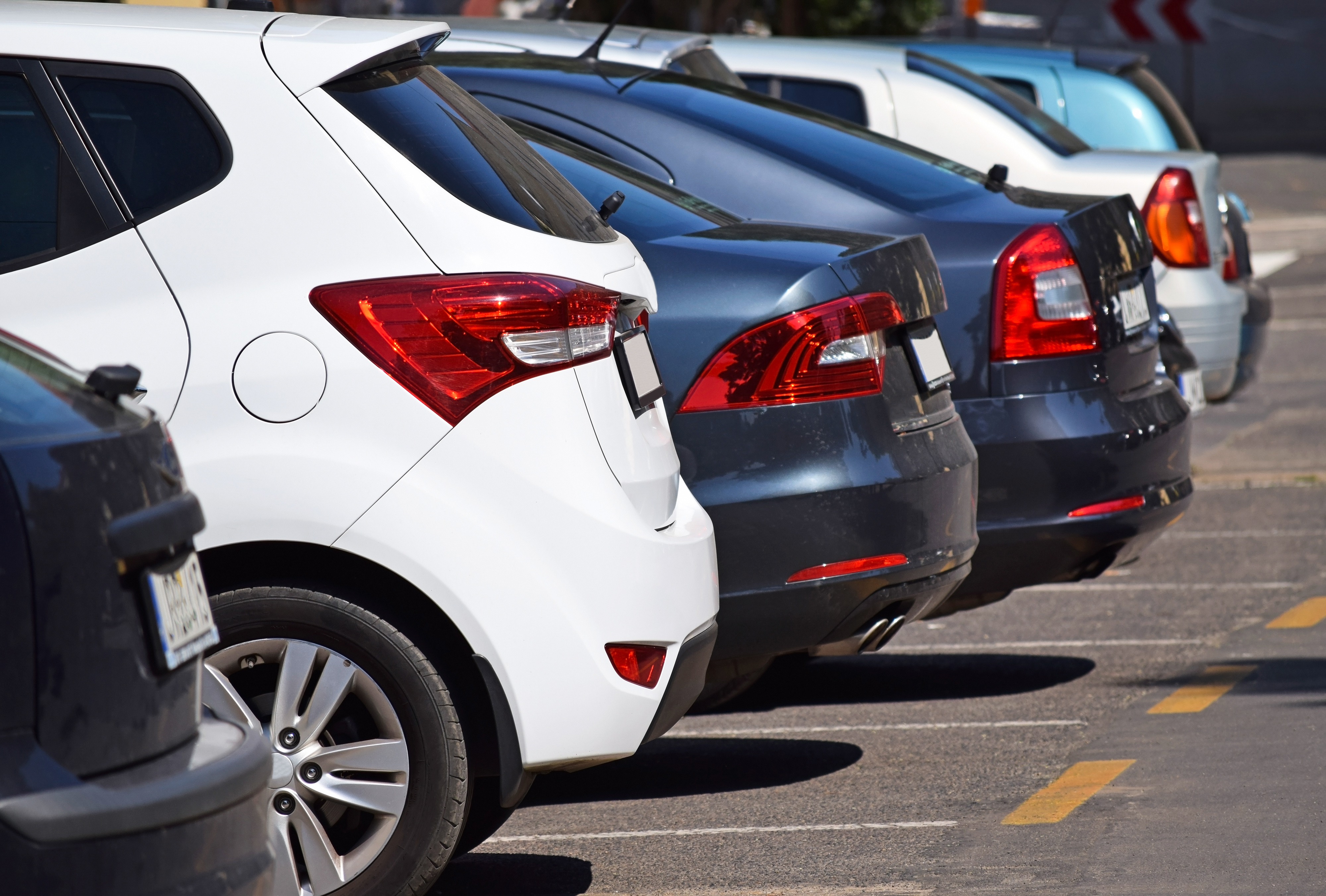Maryland Chamber of Commerce issued the following announcement on May 17.
Maryland is getting continually closer to leading the charge on an electronic vehicle infrastructure.
Maryland’s collective Chambers of Commerce announced support for the Public Service Commission’s decision to move forward with hearings in May on the Public Conference 44 (PC 44) electric vehicle charging proposal. These legislative-style hearings will allow the public to participate in this very important information gathering process. The hearings will also give the commission the necessary consumer input to further understand and refine the proposal.
The State of Maryland can lead the nation in electronic vehicles, and change the conversation when it comes to zero emission vehicles. While there is a legion of dedicated electronic drivers already on Maryland roadways, the state has committed to incentivize and sell 300,000 electronic vehicles by 2025. The current infrastructure is efficient for the present—but not sustainable.
The state’s power grid can be a key component in support of a safe, reliable, affordable, and accessible electric transportation network of the future. And the time to do that is now.
It is imperative that utility involvement is done on the front-end given that the competitive market has not kept up with demands or policy interests in the expansion of electronic vehicles. Front-end support and participation allows utilities to put forth grid-responsible and sustainable charging solutions.
The PC44 proposal will help build the state’s electronic vehicle network to one of the largest in the country, second only to California. The popularity of electronic vehicles has continued to grow tremendously each year, with demand last year alone up by 26 percent nationwide. The proposal spurs growth, but more importantly leaves room for the competitive market to take advantage of nearly two-thirds of the needed infrastructure to support electronic vehicles. That means more money for local businesses and Maryland’s economy.
Currently there are around 1,200 charging stations in Maryland, most of which are located around the Baltimore region. Under the proposal, that number would increase to 24,000 and would be constructed at residential, corporate, and public locations across the state. This ambitious plan will not only address the expanding need for infrastructure, but will also incorporate infrastructure to low-income and traditionally underserved areas. Non-participating customers will see rate benefits offset by spreading fixed costs across more usage. This means that every Marylander can actively take part in these cost-saving infrastructure initiatives that will boost the local economy and ultimately put money back in consumer’s pockets in every corner of the state.
Maryland’s commitment to grow and support this industry is not only a signal of its innovative, forward-thinking economic plans, it will also position the state as an environmental world leader. Electronic vehicle-use not only benefits the electronic vehicle driver, the reduced emissions are a benefit to anyone living or working near Maryland’s busy streets and highways.
As more and more consumers “plug-in,” utilities, manufacturers, legislators, and policy makers need to continue to work on closing the electronic vehicle infrastructure gap.
The combined support of both private and public organizations makes the potential impact for electronic vehicle technology in Maryland almost limitless.
Original source can be found here.

Source: Maryland Chamber of Commerce






 Alerts Sign-up
Alerts Sign-up